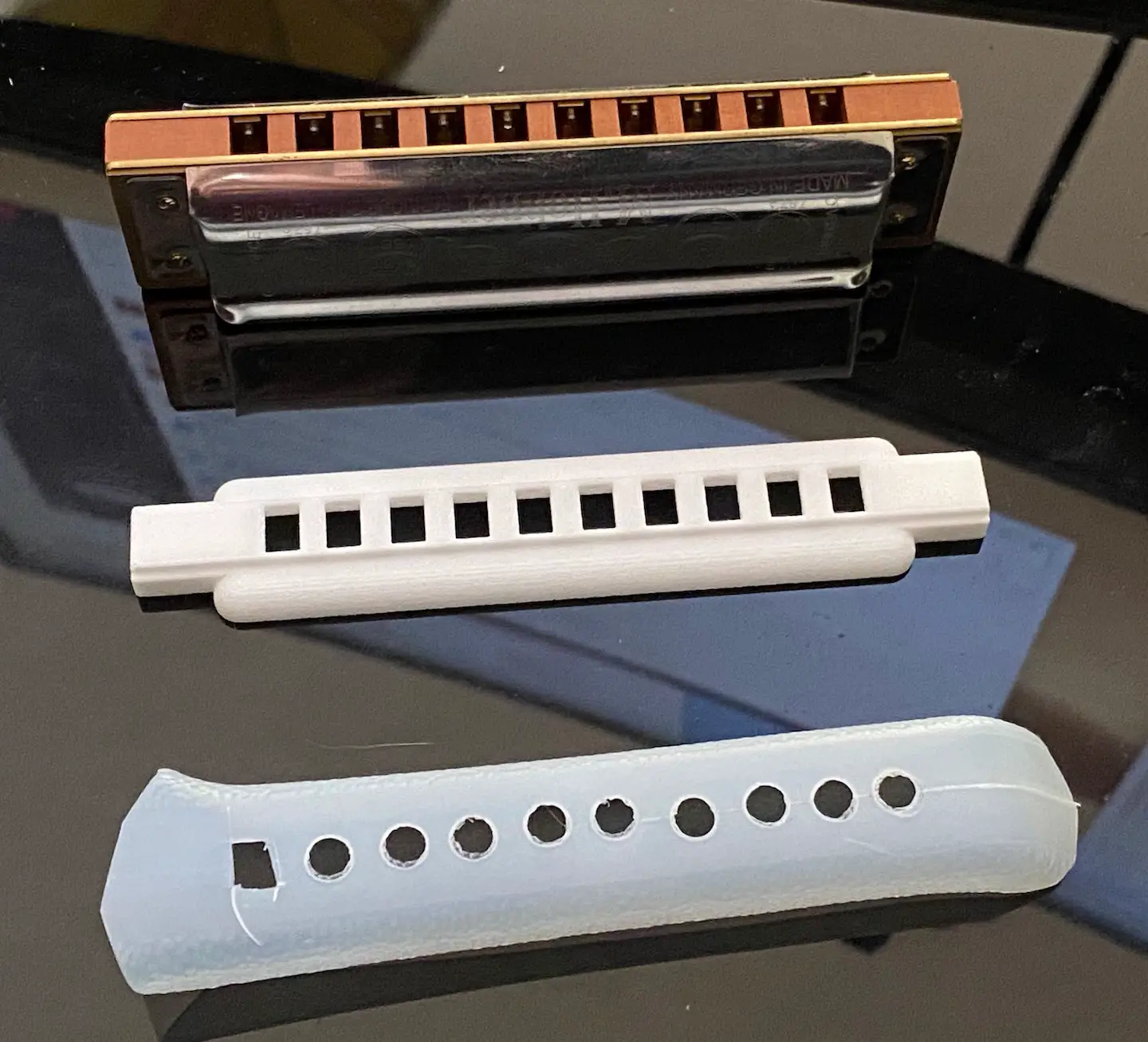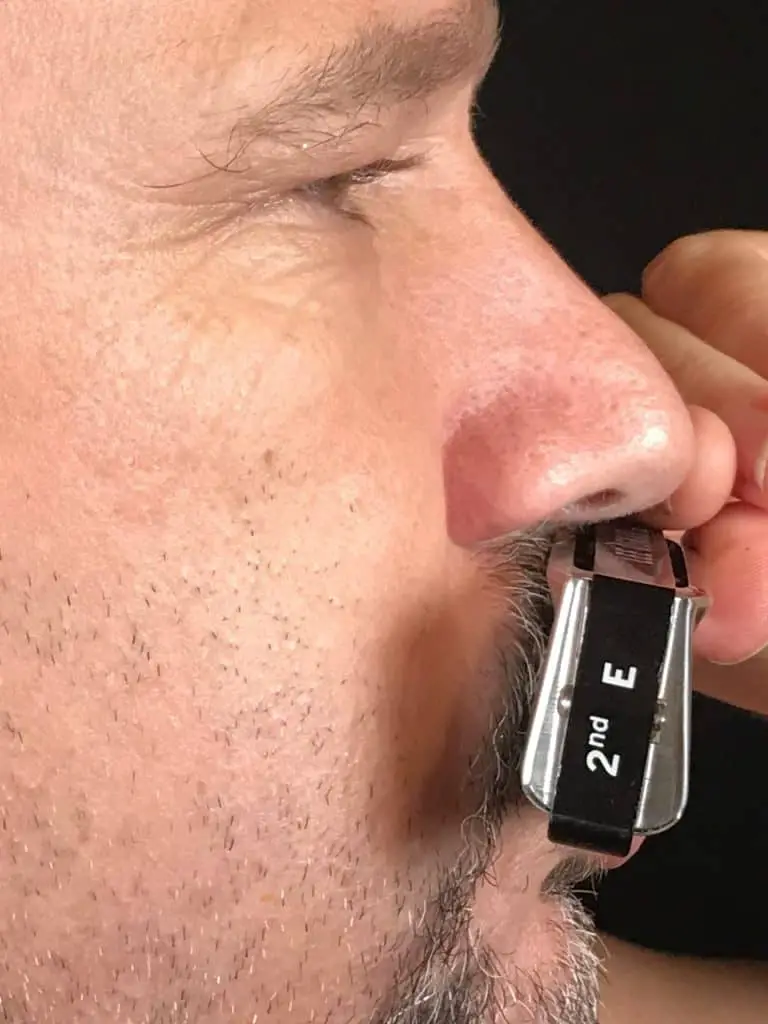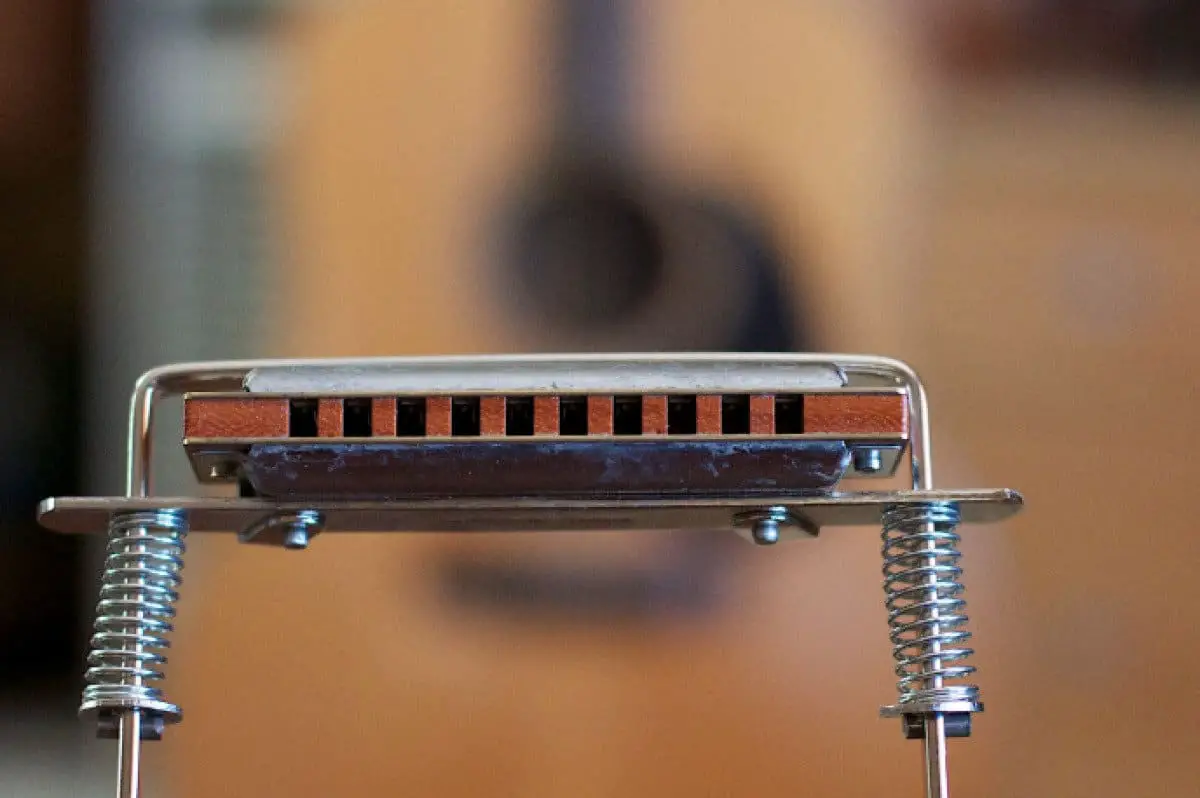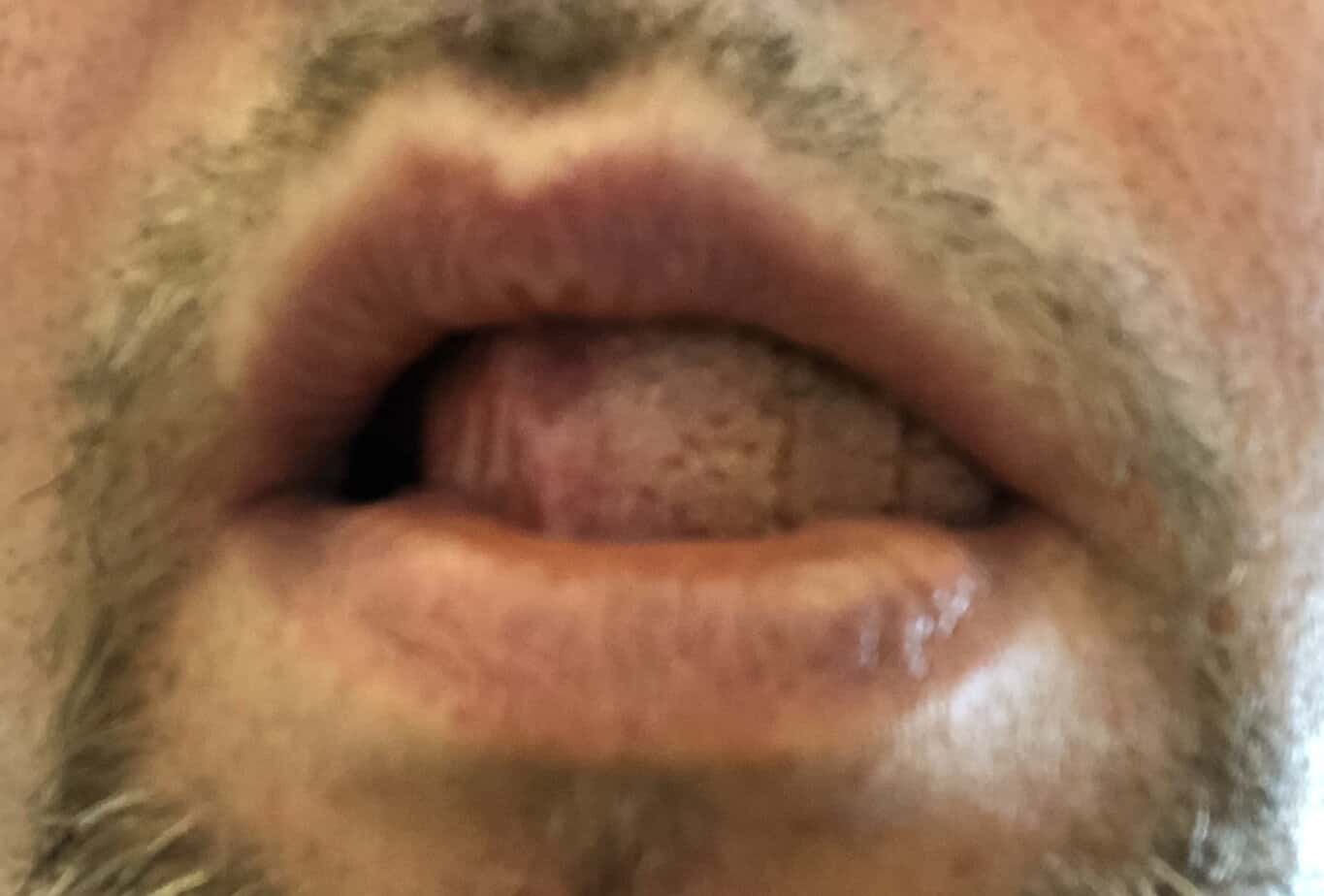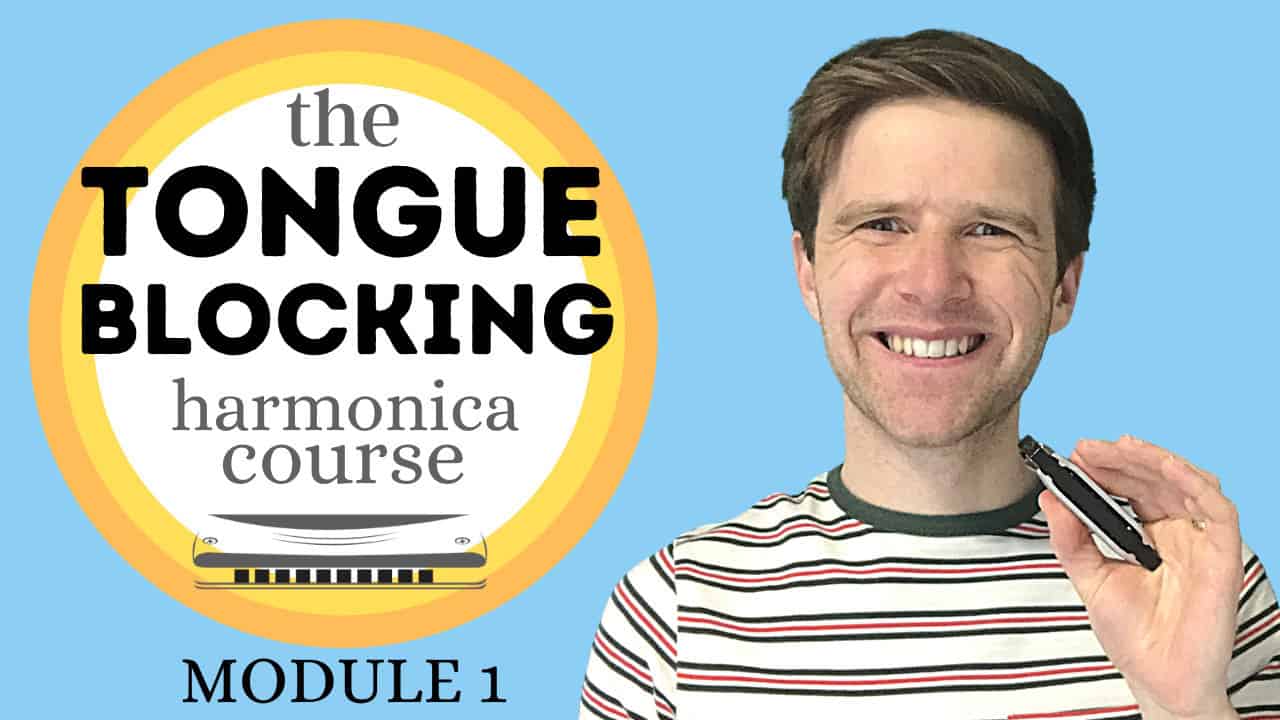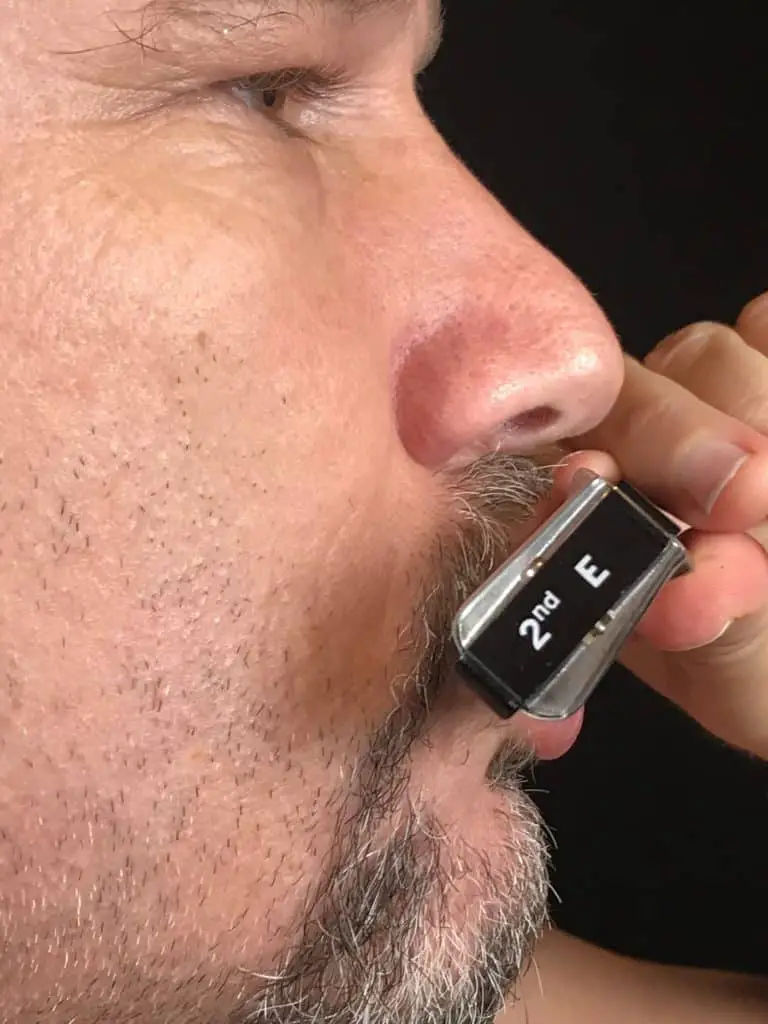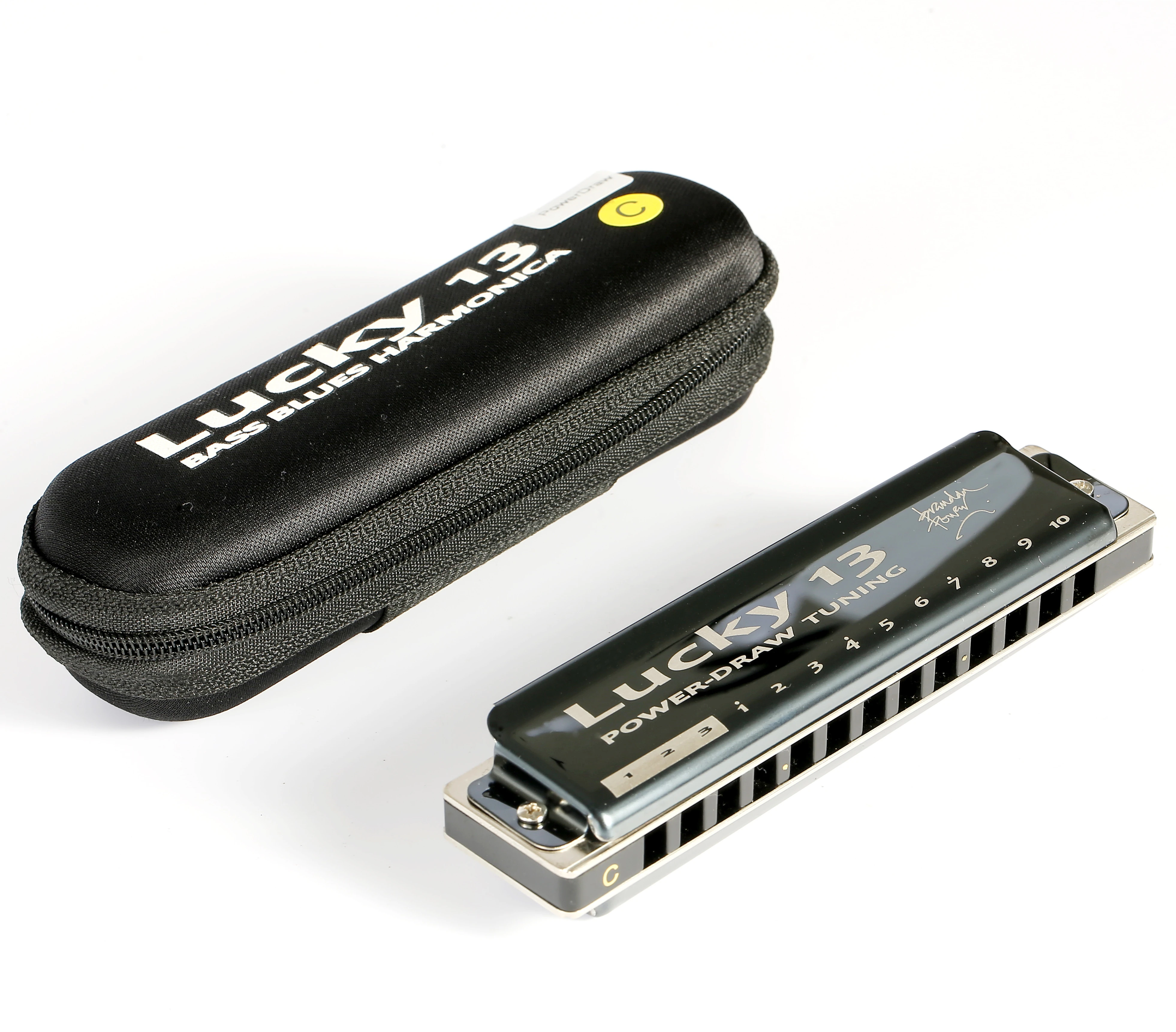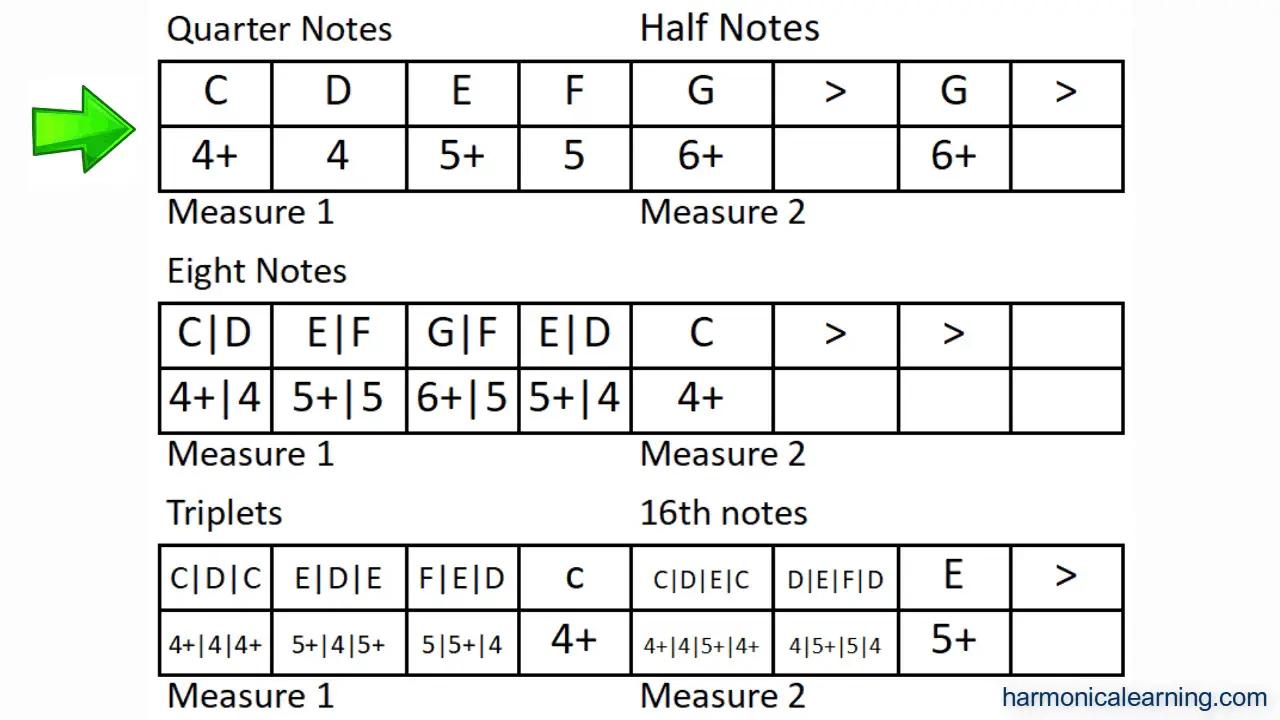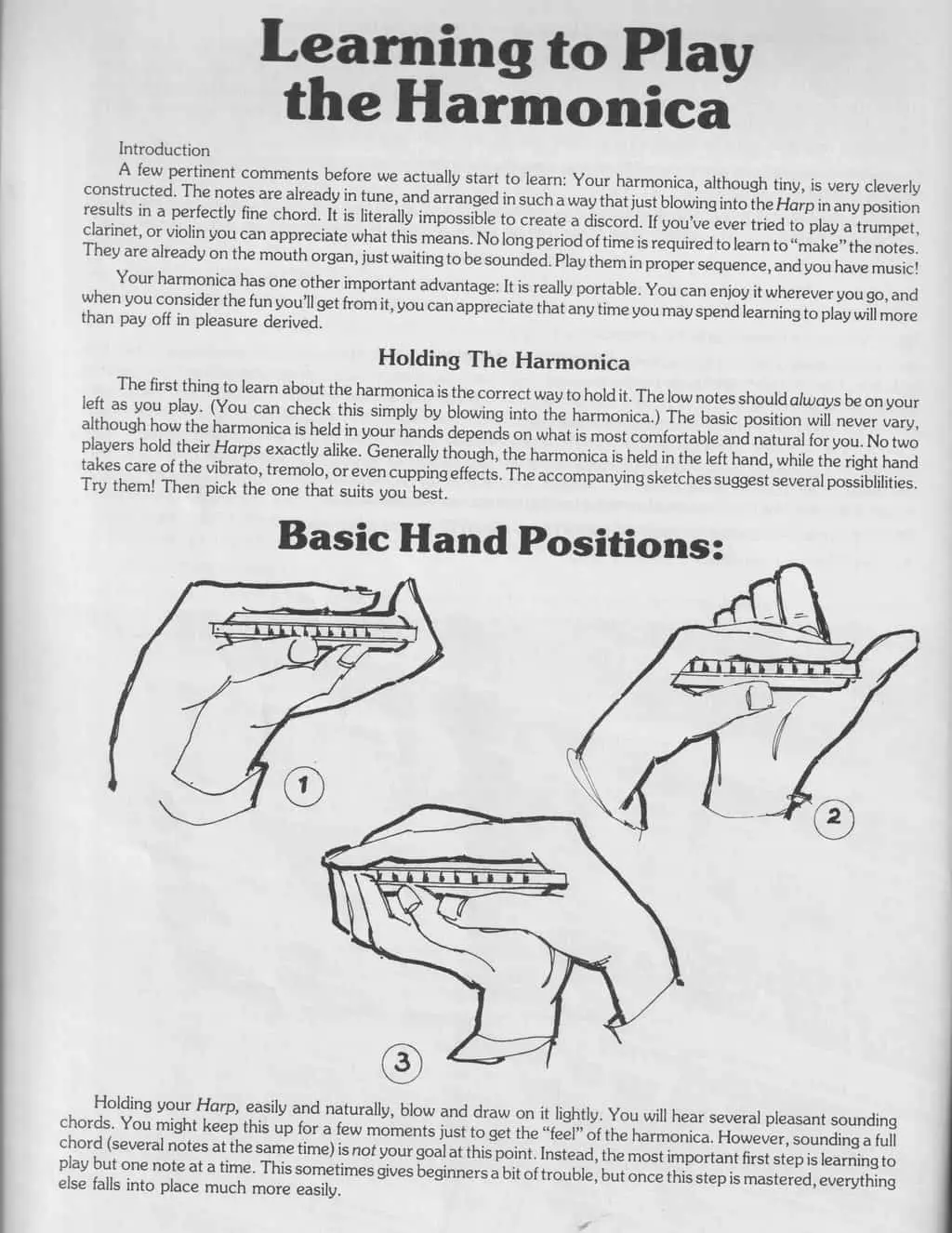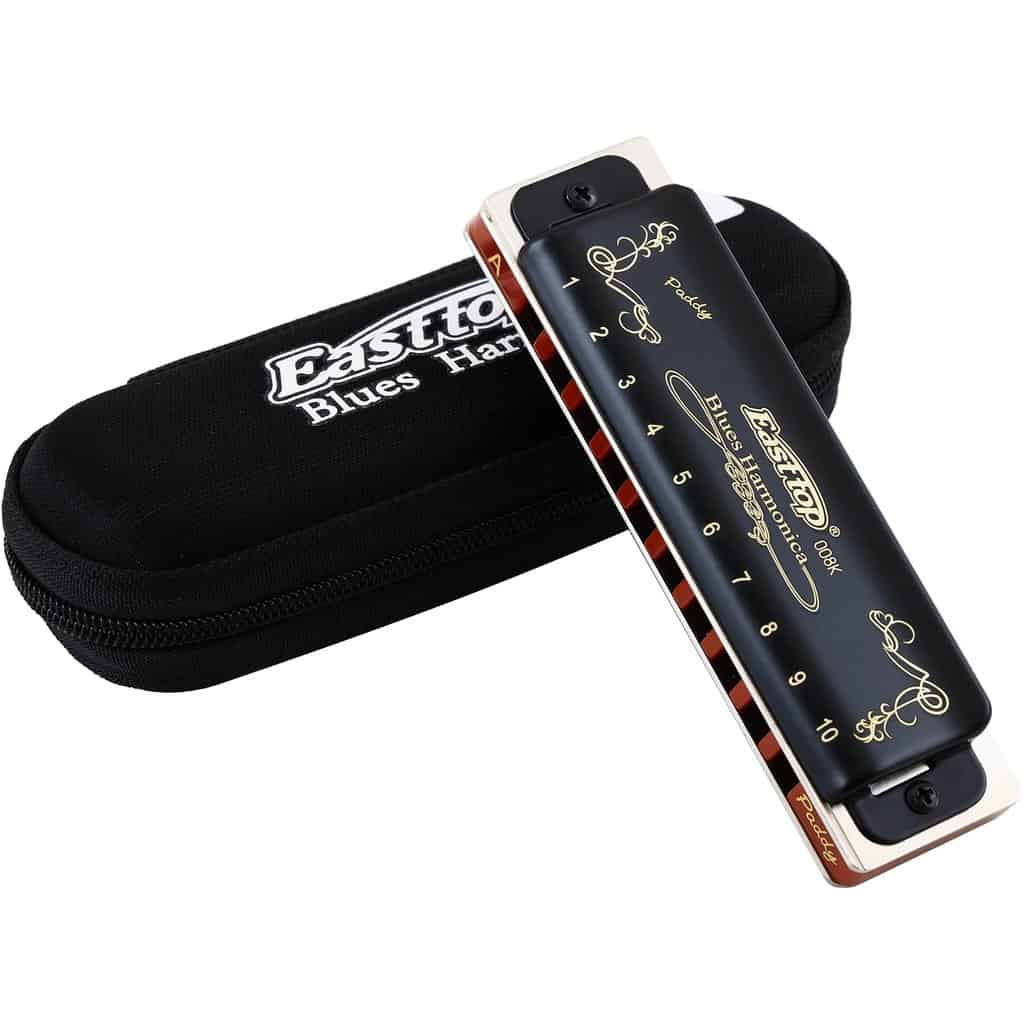If you’re looking to take your harmonica playing to the next level, learning how to tongue block harmonica is an essential skill. As a harmonica enthusiast, I know the joy of mastering this technique. With a few simple steps, you can learn to tongue block harmonica and add a new dimension to your harp playing. In this article, I’ll provide a step-by-step guide to help you master this art.
Benefits of Tongue Blocking
Increased Volume
Tongue blocking allows a harmonica player to produce louder notes than with playing without this technique. The increased volume helps the player cut through other instruments and fill more space in a band.
Improved Tone
Tongue blocking helps to create a smoother, fuller sound by allowing the player to use their tongue as a filter. This technique helps to even out the tone of the harmonica, especially when playing multiple notes at once.
Easier Note Bending
Tongue blocking also makes bending notes easier as it helps to control the airflow. This makes it easier to create vibrato, which is essential for blues and rock-style playing.
What You Need
1. Harmonica
To tongue block a harmonica, you will need a harmonica in any key.
2. Proper Posture
Sit or stand in a comfortable position with your harmonica in its proper orientation. Place your lips gently around the harmonica and make sure your teeth are not touching the reeds. Your tongue should be slightly extended, with the tip behind the reeds of the blow notes.
Relaxed Jaw
Tongue blocking requires a relaxed jaw. If the jaw is tight, you will struggle to make clear tones. So, take a few moments to relax your jaw before you begin.
2 Proper Breathing
- Inhale deeply and slowly, filling your lungs with air.
- When exhaling, use your diaphragm to push out the air and make a hissing sound.
Make sure that you are breathing from your diaphragm and not your chest. This will help you control your breath and blow into the harmonica with a steadier sound. Practicing proper breathing techniques will help you improve your harmonica playing.
Setting up the Basic Tongue Block
| Step | Description |
|---|---|
| 1 | Put the tongue between the reed plates of the harmonica. The tongue is placed on the underside of the reed plates, closest to the mouthpiece. |
| 2 | Then, press the tongue firmly against the reed plates. This creates an airtight seal which will block air from flowing through the reed plate. |
| 3 | Once the tongue is in place, blow into the harmonica. You should hear a single note, which will be the note that the tongue is blocking. |
| 4 | Finally, slide the tongue up and down the reed plates. This will cause the pitch of the note to change, allowing you to play different notes. |
Tongue blocking is a popular technique for playing the harmonica, and is essential for creating a wide range of sounds. Setting up the basic tongue block is relatively simple and can be done in a few easy steps. With a bit of practice, you’ll soon be able to play a variety of notes using the basic tongue block.
1 Placing the Tongue
- Keep the tongue flat and relaxed.
- Tongue should be placed on the roof of the mouth.
- It should be far enough back to be able to block all of the openings.
- The tip of the tongue should be pressed against the reed on the harmonica.
- Use the tip of the tongue to cover the air holes while playing.
2 Blocking the Holes
Tongue blocking requires the player to use their tongue to block the air flow when playing the harmonica. To do this, the player will need to cover the holes of the harmonica with the tip of their tongue. The player should not use their teeth to block the holes as this will create a muffled sound. The player should also avoid using their tongue in a circular motion as this will create a distorted sound. Instead, the player should use a flat tongue and press it firmly against the holes of the harmonica. This will create a clean and clear sound. Additionally, the player should make sure that their lips are tightly pressed together to ensure that no air escapes.
Playing Notes
Tongue blocking is the most common way to play a harmonica. It is a technique that involves using the tongue to block the air from exiting certain holes while playing. To perform a tongue block, the player places their tongue against the top of the harmonica and then blows or draws air while changing the position of their tongue. This technique allows the player to create specific notes and patterns. To start, the player should lightly place their tongue against the top of the harmonica and blow into one of the holes. This will create a note. The player can then move their tongue to the left or right to create different notes. By alternating between blowing and drawing, the player can create a variety of notes. Once the player has mastered the basics of tongue blocking, they can start creating melodies and riffs.
1 Single Notes
Tongue blocking involves playing single notes by blocking the air with the tongue while keeping the lips relaxed, allowing them to vibrate. To master tongue blocking, the harmonica player must learn the correct placement of the tongue on the reed plate and practice slowly to develop the right technique. Start by holding the harmonica in the correct position and practice playing slow single notes. The tongue should be placed just behind the reed and the lips should stay slightly open. The tongue should move up and down to control the volume and pitch of the note. With practice, the tongue blocking technique will become more consistent and it will become easier to play single notes.
2 Double Notes
| Note | Tongue Block |
|---|---|
| A# | Draw 4 and Blow 3 |
| B | Draw 4 and Blow 4 |
Double notes are notes that are played with two reeds. To tongue block a double note, you will need to use two reeds, draw and blow, at the same time. The tongue blocks the reeds to make the note. To play a double note, you need to use the draw and blow technique. For example, to play an A# double note, you need to draw 4 and blow 3. To play a B double note, you need to draw 4 and blow 4.
Bending Notes
Bending notes is an essential technique for playing the harmonica, and tongue blocking makes it easier. There are two main types of bends, draw bends and blow bends. Draw bends involve pushing air in while you draw, and blow bends involve pushing air in while you blow.
| Type of Bend | Technique |
|---|---|
| Draw Bend | Pushing air in while drawing |
| Blow Bend | Pushing air in while blowing |
To execute a draw bend with tongue blocking, block the holes with your tongue, and then draw and push air in the same time. You should feel pressure in your mouth as you do this. You can practice this on a single hole and then progress to bending on multiple holes. For a blow bend, block the holes with your tongue and then blow and push air in the same time. You can also practice this on one hole and then progress to bending on multiple holes.
1 Basic Bending
- Hold the harmonica with your dominant hand in a way that the left side of the harmonica is facing you.
- Put the tip of your tongue behind the hole you want to bend.
- Bend the note by pushing your tongue against the back of the hole.
- Create a vacuum in your mouth by pulling your tongue away from the hole.
- Release the bend by pushing your tongue back against the hole.
2 Advanced Bending
| Technique | Explanation |
|---|---|
| Overbending | The technique of overbending requires the player to blow into the harmonica past the point needed to produce the desired note. This produces a note that is higher than the note the player intended. |
| Underbending | Underbending is the opposite of overbending, where the player blows into the harmonica before the point needed to produce the desired note. This produces a note that is lower than the note the player intended. |
Tongue blocking requires the player to press their tongue against the reed and the hard surface of the harmonica. This is used to create a more controlled sound and can also be used to create certain pitches. Advanced bending techniques, such as overbending and underbending, can be used to create a wider range of notes with this technique. Overbending is the technique of blowing into the harmonica past the point needed to produce the desired note, which will produce a note higher than the desired note. Underbending is the opposite, where the player blows into the harmonica before the point needed to produce the desired note, which will produce a note lower than the desired note.
Vibrato
| Method | Process |
|---|---|
| 1. Half-valving | Stop the air flow with the tongue, and the sound will start to vibrate. Increase the pressure on the tongue with the air flow to increase the vibrato speed and depth. |
| 2. Hand-valving | Cover the holes with the fingers while playing, and the sound will start to vibrate. Increase the pressure on the fingers to increase the vibrato speed and depth. |
Vibrato is a technique used to add expression and depth to harmonica playing. It is achieved by manipulating the air flow and pressure with the tongue and/or fingers. There are two main methods of achieving vibrato on the harmonica: half-valving and hand-valving.
Half-valving is done by stopping the air flow with the tongue. This will cause the sound to start vibrating. By increasing the pressure on the tongue, the vibrato speed and depth can be increased.
Hand-valving is done by covering the holes with the fingers while playing. This will also cause the sound to start vibrating. By increasing the pressure on the fingers, the vibrato speed and depth can be increased.
1 How to Create Vibrato
Vibrato is a technique used to produce an expressive sound on the harmonica. It involves pulsing the breath while playing a note, creating a wavering effect. To create vibrato, start by playing a note on the harmonica and use your tongue to block and unblock the air flow in a quick, alternating pattern. You can adjust the speed and intensity of the pulsing to vary the vibrato effect.
| Step | Description |
|---|---|
| 1 | Play a note on the harmonica. |
| 2 | Use your tongue to block and unblock the air flow in a quick, alternating pattern. |
| 3 | Adjust the speed and intensity of the pulsing to vary the vibrato effect. |
Advanced Techniques
| Technique | Description |
|---|---|
| Tongue Blocking | This technique involves pressing the tongue to the roof of the mouth while playing the harmonica. This helps to create a clear, crisp sound as the air is only allowed to pass through certain holes in the harmonica. |
| Bending and Wailing | This technique allows the player to add vibrato and expression to their playing. The reeds of the harmonica are bent using the breath and the tongue to create a wailing sound. |
| Overblowing | This technique is used to produce a higher octave with the harmonica. It is achieved by overblowing the reeds, which causes the reeds to vibrate at a higher frequency. |
| Tongue Slapping | This technique is used to create percussive sounds on the harmonica. It is achieved by quickly pressing the tongue against the reeds and allowing the air to escape. |
1 Harmonica Trick
Tongue blocking is a very important technique for harmonica players to learn. It requires the player to use their tongue to block certain holes in the harmonica while playing notes with the other hand. To master this technique, the following trick can be used: When playing a single note, use the tip of the tongue to cover the hole with the longest reed, allowing the shorter reed to vibrate freely. This will produce a more melodic sound.
2 Special Effects
| Effect | Explanation |
| Tongue Slap | A technique used to create a percussive sound by quickly pressing the tongue against the reed plate. |
| Tongue Trill | A technique used to create a vibrato sound by rapidly alternating between two notes. |
Frequently Asked Questions
What is Tongue Blocking on a Harmonica?
Tongue blocking is a playing technique for the harmonica that involves the player using the tongue to block the air from passing through the reeds. The player uses their tongue to block off the top of the reed from the bottom, allowing the player to create different notes and sounds. The technique is used in traditional harmonica styles such as blues, folk, country and jazz. It has been a key part of the harmonica playing technique for many decades and is still widely used today.
How do I start learning to tongue block on a harmonica?
Begin with simple exercises to build up your tonguing speed and accuracy. Start by playing single notes with your tongue. Use your tongue to block the air from the reeds, while still allowing some air to pass through. Once you have mastered this, practice playing two notes in quick succession, then four notes. Move on to playing scales, arpeggios and other patterns. As your tonguing speed and accuracy increases, you can move onto more complicated and intricate passages. Start with slower tempos, and gradually increase the speed as your technique improves.
What are the benefits of tongue blocking on a harmonica?
Tongue blocking on a harmonica offers a variety of benefits, especially for advanced players. It allows the player to use their tongue to shape the notes, producing a richer and more expressive sound. It also allows the player to move quickly and easily between notes, allowing for faster playing and greater range. Finally, tongue blocking can produce a more balanced tone, as it allows the player to focus on playing more than one note at a time.
What tools and techniques do I need to learn how to tongue block on a harmonica?
To learn how to tongue block on a harmonica, you’ll need to acquire a harmonica, or mouth organ, and some basic knowledge of music theory. You will also need to familiarize yourself with the mechanics of the instrument, as this will provide a good foundation for learning the technique. You should also practice regularly to build up your speed and accuracy. Additionally, you may find it useful to work with a teacher or mentor who can help you develop your skills and provide feedback. With practice and dedication, you can become an expert at tongue blocking on a harmonica.
Are there any tips and tricks for mastering the art of tongue blocking on a harmonica?
Practice is the key to mastering any skill, and tongue blocking on a harmonica is no exception. Start with a few simple exercises to get your tongue used to the movements and work your way up to more complex patterns. The main trick to successful tongue blocking is to be aware of air flow and learn to control it. Experiment with different mouth shapes and positions and use your tongue to direct airflow through the holes you want to play. Additionally, practice with a metronome to ensure a steady rhythm. With enough practice, you’ll be a master of the art of tongue blocking on a harmonica.
Conclusion
Tongue blocking is an essential skill in mastering the art of harp playing. It can be a challenging technique to master, but with the right guidance, practice, and patience, anyone can learn to tongue block and become a more versatile harp player. Whether you’re a beginner or have been playing harmonica for some time, this guide has helped you understand the basics of tongue blocking and how to practice it. With these tips, you can take your harp playing to the next level.


